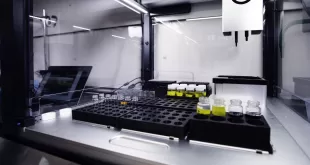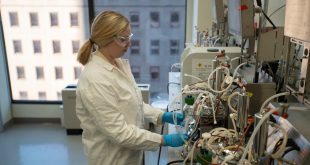University of Victoria professor on vanguard of bioprinting revolution
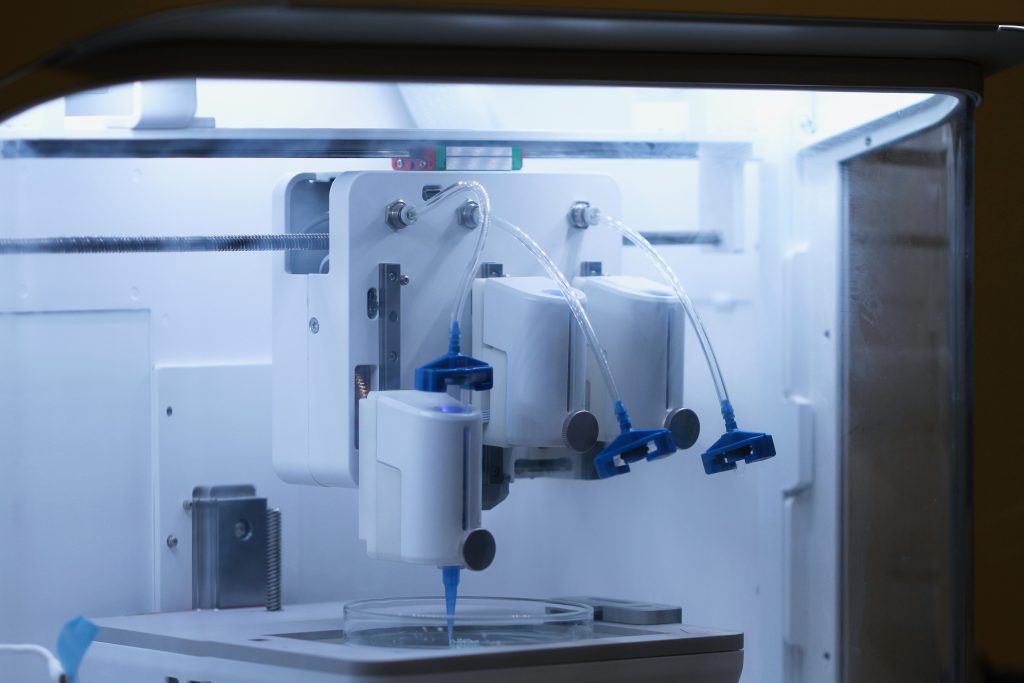
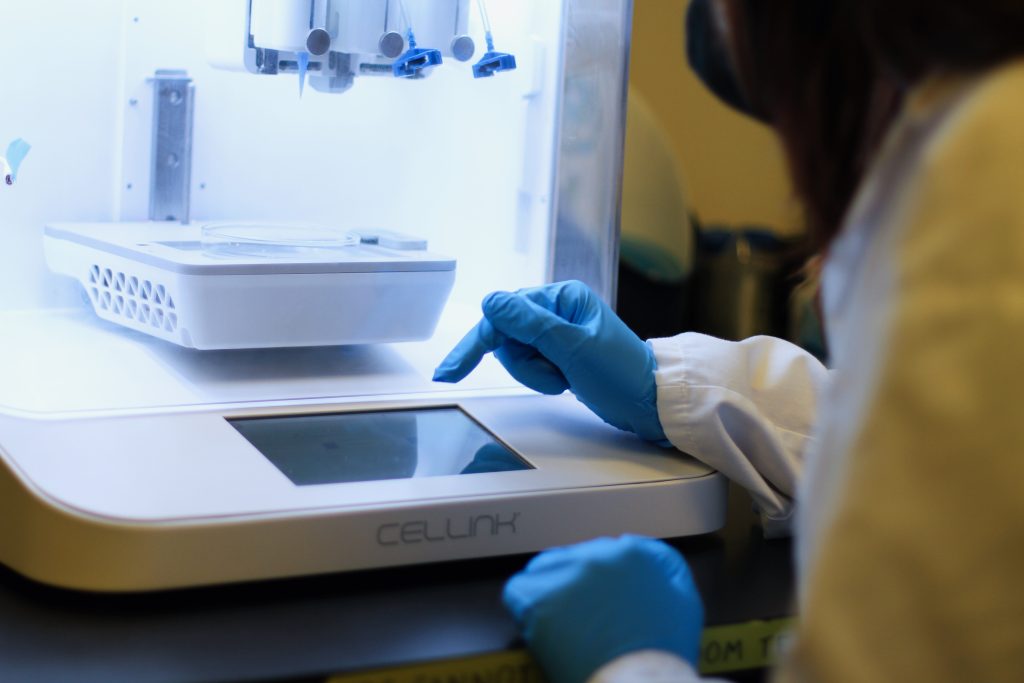
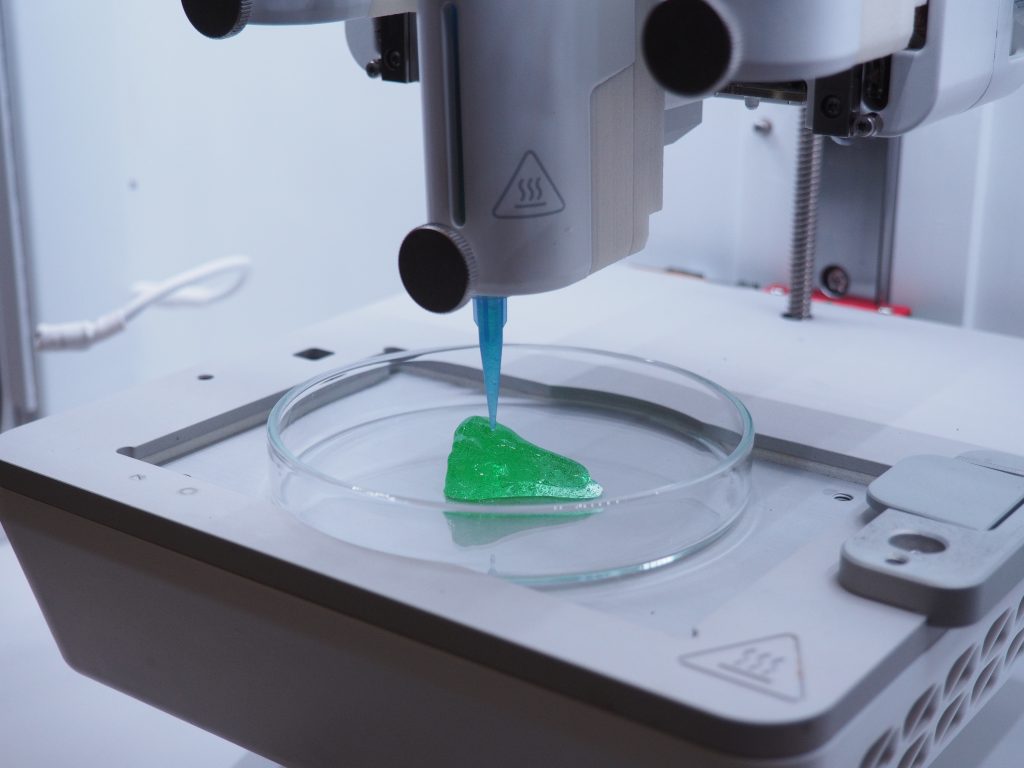
By Robert Price
Originally from Missouri, Stephanie Willerth’s fascination with biology started at an early age. Her high school thesis was on stem cell differentiation, a topic of great scientific and ethical interest in the mid-1990s when Dolly was being cloned in Scotland.
Willerth completed a double major in biology and chemical engineering at MIT because, she says, she was “really interested in applying engineering to biological problems.” She took this interest to Washington University in St. Louis, where she completed a PhD with a focus on how to differentiate stem cells into neural tissues using biomaterials. After a postdoc at Berkeley, Willerth landed a faculty job at the University of Victoria in 2010.
“I was one of those people who always wanted to be a professor,” she says,
Today, she holds a joint position between the university’s medical engineering department and its Division of Medical Sciences.
What she does in her lab—printing human tissues—isn’t well-known outside her field, and is instead the stuff of science fiction.
Intrigue
When bioprinting emerged as a new technology, Willerth was immediately intrigued.
“Bioprinting would essentially enable us to make a lot more tissues with a lot less work and, in theory, be much more reproducible,” she says.
But as is the case with most new technologies, the earliest versions had limited functionality. In the “olden days” of the 2010s, researchers had to pipette bioinks manually and make many dozens of tissues at a time by hand, a tedious process that cost time and money.
Another more significant problem stemmed from the delicate nature of bioinks.
“With cells, you can’t heat them up that much or they’ll die, and you can’t treat them too harshly or they’ll die. So, you have to make a special formulation. And what’s easiest to print with is not what cells are happiest with,” says Willerth.
This was a problem that demanded a solution—one Willerth supplied. Her lab developed a produced a printable version of bioink for neural cells using fibrillin, a blood protein. Before her lab’s work, a scientist printing neural stem cells would discover that half of those cells would die during the printing process. With Willerth’s ink—which prints at density of 1,000,000 to 5,000,000 cells per millilitre volumetrically—around 90 per cent of those same cells live.
“It was definitely a big change and a big advancement with our ink technology,” she says.
Eventually, other professors were asking Willerth why she wasn’t selling her ink. In 2020, her lab spun off Axolotl BioscienceS to allow others to access her high performing bioink. Named after a species of Mexican salamander, Axolotl Biosciences sells a product called TissuePrint, a base ink used to print different types of tissues. The company is beta testing BrainPrint, a second product that makes it easier to print neural tissues similar to those found in the brain.
Xeroxing the brain
Bioprinted tissues allow researchers to answer to questions about human biology that they can’t get from mouse cells.
One area of focus for Willerth is brain tissue. It’s not easy to acquire brain tissue in order to study it. And we’re currently unable to know whether or not a person has Alzheimer’s until after that person has died, so Willerth is bio-printing brain tissue in her lab.
Her lab produces brain tissue using patient derived stem cells. To produce the brain tissue, her lab draws blood from a patient in the clinic. The lab then reprograms those blood cells into stem cells and then converts those stem cells into neural cells. With that sample of neural cells, the lab can then cultivate them, turn them into “ink,” and use them to print the neural tissue. The researchers can then study how the disease will progress in ways that you can’t in a living human.
“We can actually study the patients themselves to understand both their biology and to find potential drugs for treatment,” says Willerth.
Work like the kind Willerth performs has the potential to push personalized medicine beyond its current limits. What better way to understand how a drug will operate inside a particular brain than to Xerox that brain?
Willerth’s lab is also using 3d printing as a tool to screen cancer drugs. In a recent paper, she explains how her lab cultured cancer cells in three dimensions to make a tumour. This development produces a model that is much more realistic than a traditional two-dimensional cell culture produced in an in vivo setting. Those traditional methods produce a model tumour that lays flat. Because the tumour tissue lays flat and only a few cells thick, it’s easy to kill the tumour.
But with 3D models, researchers can produce something that looks and functions more like the tumours that grow inside the human body and prove more resistant to therapies than old 2D tumour models.
What’s coming next
As for the future, Willerth thinks we’ll see 3D bioprinting facilities inside hospitals. Patients will come in for a biopsy, clinicians will place those biopsies in bio reactors to scale up cell production, and then use the batches of cells to print the patients’ tissues and hit them with different drugs to see which one treats the disease best.
“I really think it’s going to go towards a much more precise medical effort,” says Willerth.
The technology acts like a magnifying glass, allowing researchers to zoom in on the differences between each individual type of disease.
“I think that this [development] has been helpful in trying to sort out some of those very basic biology questions,” she says.
Outside the hospital setting, Willerth sees a revolution heading to the world of cosmetic surgery, thanks to bioprinting. Printed skin will transform the lives of burn victims, allowing for greater flexibility in how doctors treat severe injuries and deformities.
To give one example of what’s already happening, look to 3D Biotherapeutics, a company associated with Cornell University. In 2020, those researchers used 3D printing to reconstruct ears for people born with ear deformities. They scanned the person’s healthy ear, printed a copy of the ear using mesenchymal stem cells, and then implanted the printed ear onto the person’s head.
“These tissues are going into people,” says Willerth.
Cosmetics testing will change, too. Governments around the world are passing legislation to reduce the harm to animals. The opportunity afforded by sheets skin that can printed and used to test lipstick, blush, and other balms and cosmetics will go a long way to reducing costs and minimizing animal deaths.
A long way off
The far future, however, is still a long way off. Printing skin and attaching it to a person can be undone if the skin fails to take—you simply take it off. Using bioprinting to deal with cardiac and neural diseases will take more time to develop, since you can’t easily take a badly printed heart out of a person.
Right now, the costs associated with 3D printing are high. Neural stem cells, for example, are picky and require a lot of labour. And, a good bio reactive product that can scale up production doesn’t currently exist. Developing larger organs poses technical challenges that haven’t yet been mastered, in particular the requirement to develop vasculature.
“Getting vasculature is really challenging because in your body your blood vessels have blood flow,” explains Willerth. “How do you achieve that in your bio print, while keeping the rest of the cells around alive?”
And there are ethical issues still to thrash out.
There’s an ongoing controversy about how big scientists can make their 3D printed brains before they start thinking.
“That’s where it gets sort of sci-fi-ish,” says Willerth.
Some researchers worry that cultivating small brains could lead to something like creating brains inside vats. While some researchers say that it’s impossible to recreate a thought inside a dish, others swear they observe brain waves in the brain material, and some even think they can train brains to operate robots. Willerth says she’s somewhere in the middle.
“I’m just not sure how you would know [the brain is thinking],” she says.
A Cadillac you can’t drive
A number of manufacturers are creating bio printers, each with their own functions and advantages. This creates huge advantages for researchers—but only if they know how to use them.
Bioprinters are sophisticated machines that require expertise in cell biology and engineering to use them well—skills that Willerth’s lab has in abundance.
But Willerth says she’s been places that have “these super fancy high end bio printers and no one’s using them because the technology is too complex.”
Willerth refers to a place she visited “that will remain nameless” that had purchased a $300,000 bio printer without having anybody on staff who knew how to use it. On her visit, she asked them what they do with the bio printer, since it can print complex tissues. They replied, “Oh, we just print collagen cylinders,” which is like having a Cadillac rusting on blocks in the garage.
 BioLab Business Magazine Together, we reach farther into the Canadian Science community
BioLab Business Magazine Together, we reach farther into the Canadian Science community

